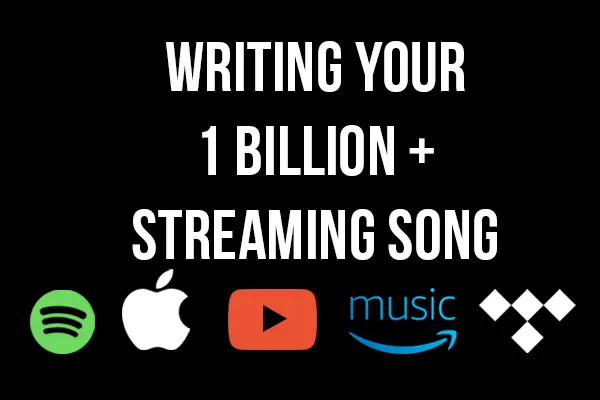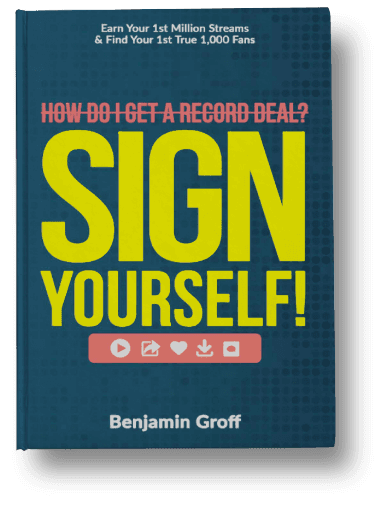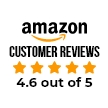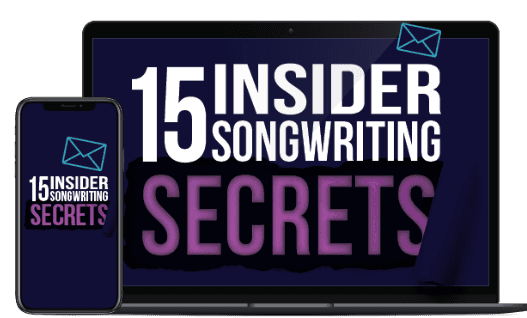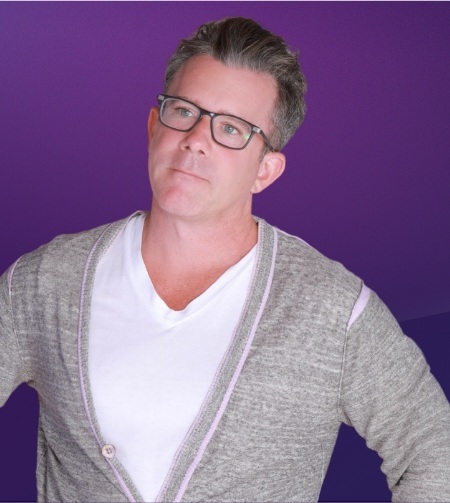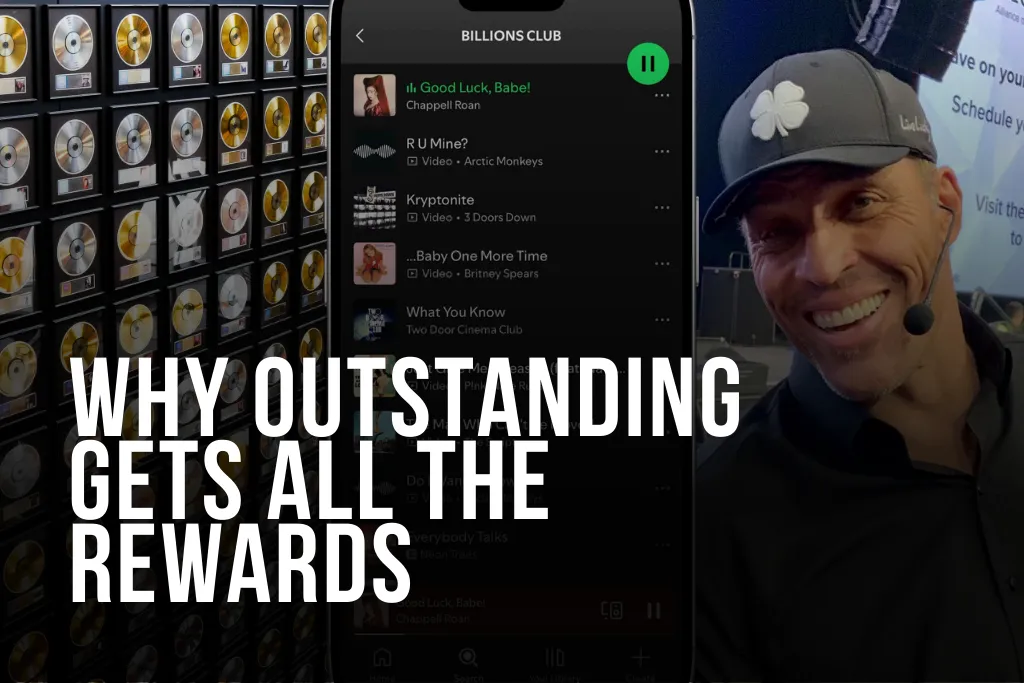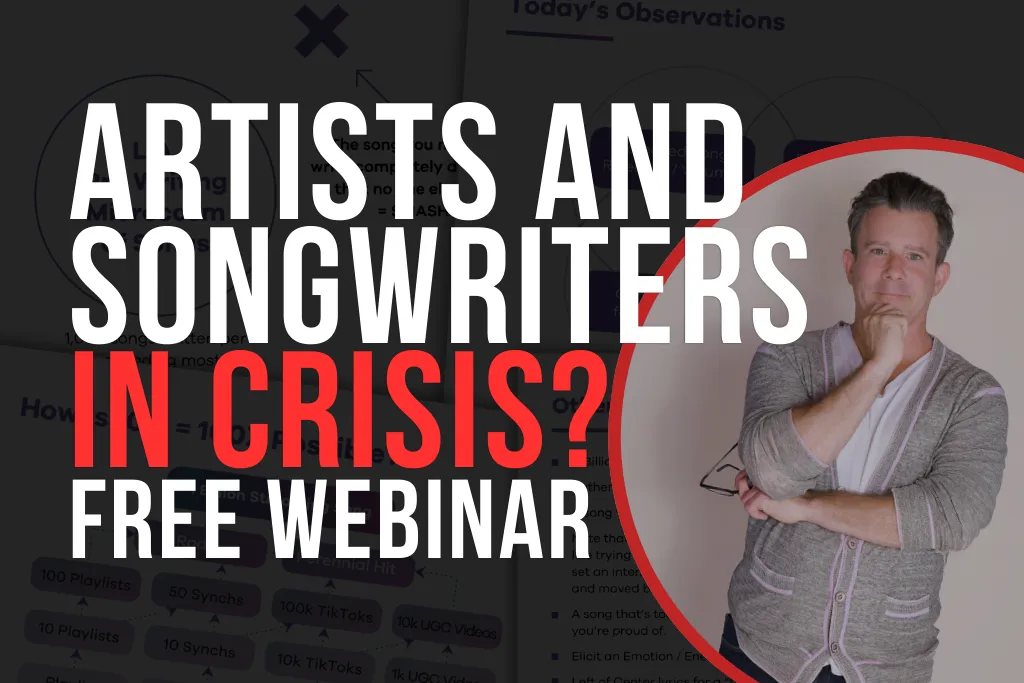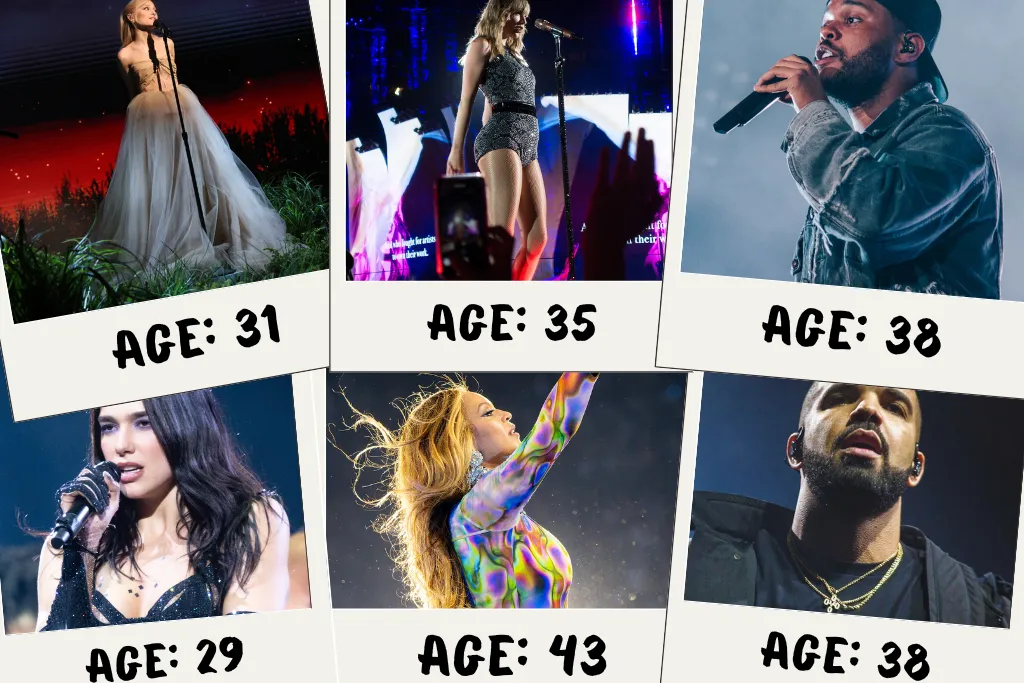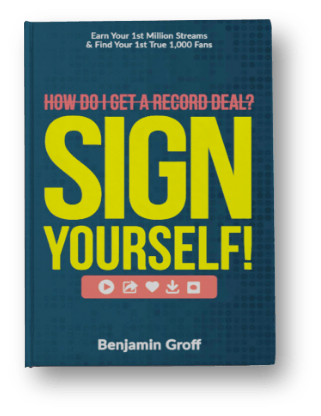Welcome to the “Writing Your 1 Billion + Streaming Song” guide!
There’s actually a previous post I wrote called “Fire Maker – Your Job as a Professional Songwriter.” If you haven’t already read it – I highly recommend. There might just be ($ka-ching$) like a gazillion dollars of song writing ideas for you. We’ll see. But I wanted to mention the “Fire Maker” post as a great accompanying write up to this one.
That being said, this post is the “Writing You Billion + Streaming Song” edition. I have to credit this piece was inspired by – and written immediately after 2 back to back meetings with two unnamed Major Label Co-Presidents, one of which is having her biggest year ever with 3 major superstars topping the charts.
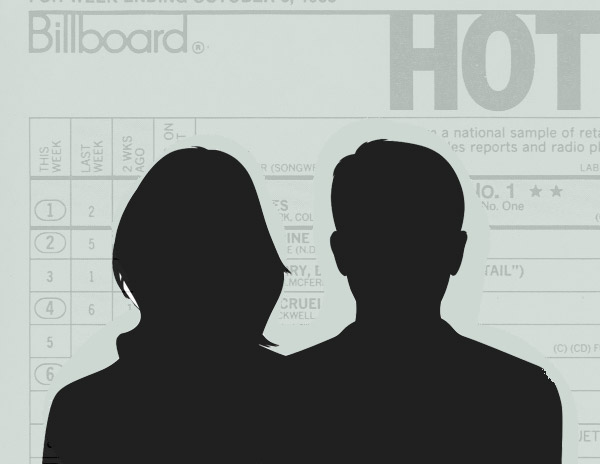
Both of these high level executive meetings felt like an entire downloadable cerebral cortex of what hit songs are going to sound like (or at least what each of these top A&R executives are looking for) right now through 2022. And I should also note, I’m grateful to have these people in my circle and happy to share what I’ve learned – with you. These are some massive potential takeaways for anyone reading this (in my opinion!).
So, if we can suspend reality for a moment … and pretend we’re in a Matrix type setting – let’s go get that cerebral cortex download I just mentioned:
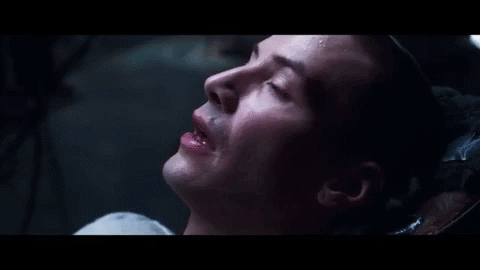
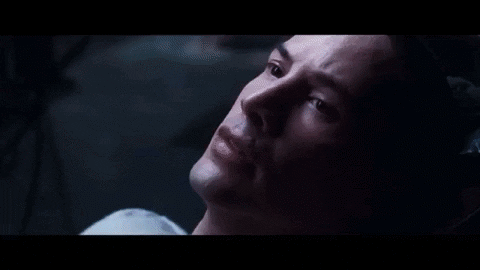
Now, when it comes to potentially writing huge massive hits and doing your most important and dangerous work – none of this is really brain surgery.
But it is. Because (potential epiphany forthcoming…) part of this whole process in making 1 Billion + streaming songs, I believe, is on an ongoing battle in defeating the “safe” mechanisms of our brain.
In my opinion, and Steven Pressfield’s who wrote the brilliant book The War of Art, our brain has evolved over hundreds of thousands of years – to keep us alive, and consequently, continue to deter us from doing our most dangerous work.
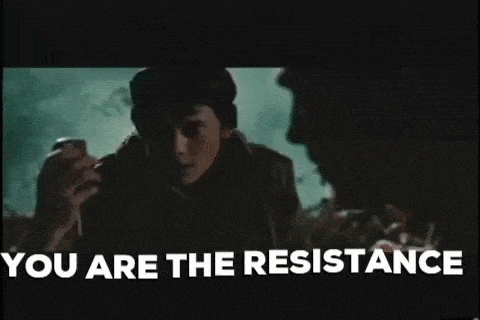
Huh? That’s right. Our brains continually guide us (sometimes forcibly) to stay safe, to be anonymous within the “tribe” and herd, to not stick out and fit in. i.e. you stay alive longer being in the center for the tribe than that lone caveperson doing their “own thing” out in the forest.
Circa the year 2020 +, this brain survival mechanism includes, in my opinion, writing songs that mostly just “blend in” with everything else.
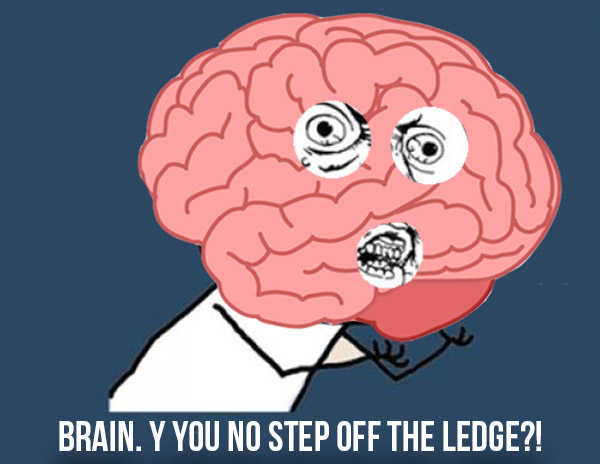
To further explain – there’s an important biology lesson here – check out the below embed from my favorite thought leader, Seth Godin.
Now that your biology lesson is unpacked … let’s get back to my meeting with the 2 label Presidents. And as you might expect, like the good little boy scout I am, I was super prepared for this meeting – and my intention was to come out with a song placement on one or two on key artists.
I came in with my top stuff. 5 songs that I was sure were in the hit zone and were going to hit it out of the park. So, I played those songs and guess what?
I received the EXACT SAME comments back from each of those high powered executives. And thus, several truths unlocked for me and kinda slapped me up “oops upside the head” (to quote The Gap Band).
On that note, I wanted to share these epiphanies with you as a potential new mantra to explore. In return, I only have one ask … which is to make your 1st Billion streaming song.
#1) Streaming First – Radio Second
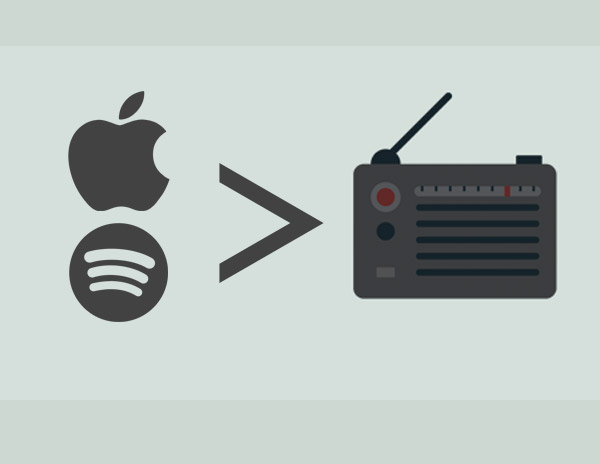
This little phrase means the following.
Every week, when New Music Friday on Spotify or Today’s Hits on Apple Music or any other important “launching” playlist comes out, each song listened to by a consumer, might receive a mere 5-10 seconds before it’s skipped and on to “the next.”
I know for myself, there are songs that I give less than that.
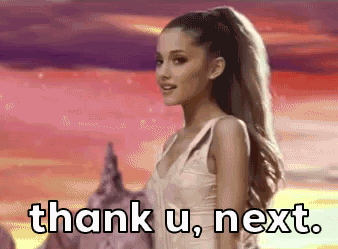
Thanks, Ariana.
But this is CRUCIALLY IMPORTANT.
Please make no doubt … this is the environment we are in. We are in the midst of an attention crisis! Your competition is that new movie, those 100 emails that arrived in your inbox, the @ mention on Slack, the 10 Instagram DMs, Fortnite, the new Netflix series to binge and last but not least, the 50,000 new songs released – TODAY. (no joke).
Consequently – your new song? It better fucking slap you in the face right from the start. And consequently, any song that gets listened though all the way with no skips, and also saved to your library, repeated, shared, put in one of your playlists, etc … tells the algorithm “Wakey Wakey! This song is FIRE!”
So, questions:
- Does your song EXPLODE off the page in the first 5 seconds?
- Does the song and production make you say “WTF is that?” No, I mean, “WTF T H A T !!??!!”
- Important: Is your song and production, one that definitely doesn’t sound like ANYTHING else?
This was literally said to me verbatim in each of those 2 meetings: “The songs we’re making for this album can’t sound like anything else.”
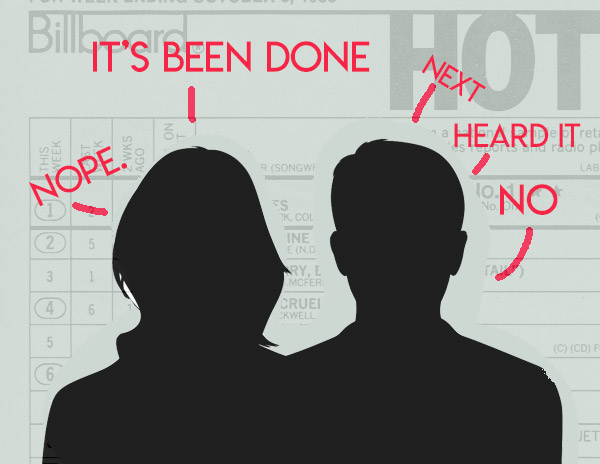
Now, this goes counter intuitive as a “professional” songwriter, because our mentality and mindset, in my opinion is usually not congruent to having Billion + streaming success.
Let me explain.
I think often in a songwriting session – our mindset is usually something like this – to have success and make a living, I need to widen my “song parameters” and make something pretty generic (perhaps maybe with a little edge), so I can pitch to 20 superstar artists.
Neh eh. Said Arnold Schwarzenegger in the classic thespian film, Commando: “Wrong.”
And I hate to say it but … 98% of the songs I have in my “A” list pitch folder – they really do, I’m sorry to say pretty much sound like everything else!

Hey, but maybe it’s not your fault – maybe it’s your co-writer / producer making “safe” or “B+” sounding productions. It’s not your fault that your songs sound so …
Boring. Or is it?
Sorry. A&R people, managers, executives and ARTISTS are looking for – no, they are STARVING for authenticity, something completely different and that jumps off the page.
So, if you are the one rare writers creating in that 1%-2% rarified area, sounding completely different and also create a song that’s a hit (!) – that’s where the “HUGE WIN / SUPER SMASH” zone exists, in my opinion.
Enter the Billion + Streaming Song.
Question:
Do you think that Lizzo’s #1 smash of the year “Truth Hurts,” (which literally took about 3 years to get to #1 – yes, it’s an old song) – was “Truth Hurts” a song that would have been written for an “anyone can record this” type of song pitch?
Hell, no!
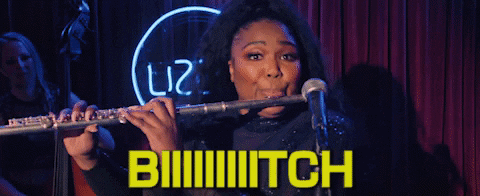
Yet, that’s the type of exciting – jump off the page song that A&Rs, myself, (and more importantly the world) need more of!
I’m not saying “that” style of song specifically, but more from a perspective of “that” type of excitement, freshness and jump off the page originality. In other words, these type of songs have their own genre – the “fire” genre!
Here’s another epiphany from the meeting and a staple of creating the Billion + Streaming Song:
#2) Take Your Sonic “Bar” (aka your level of production and comfort zone) and Sandbox You’re Playing In and Move It To Another Neighborhood.
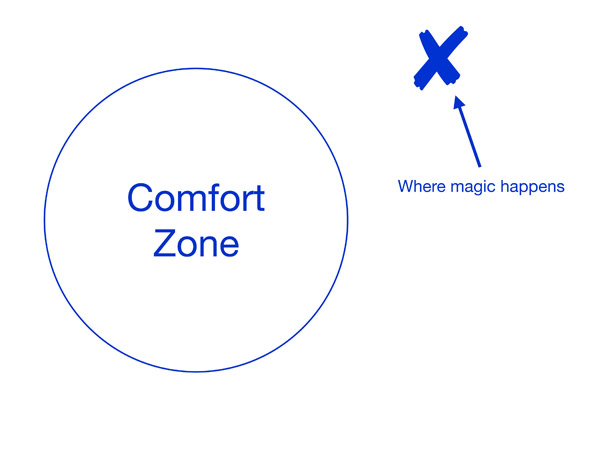
Won’t you be my neighbor?
The above image is vital. It’s biblical.
In other words you might think you are writing “in the zone” and neighborhood of getting cuts. And perhaps you are! For now.
In fact, you might be getting some New Music Friday playlist adds. Great!
But are any of those going to radio? Ehhm.
Oh. And if they are – are they sticking and cracking the Top 40? Hmm.
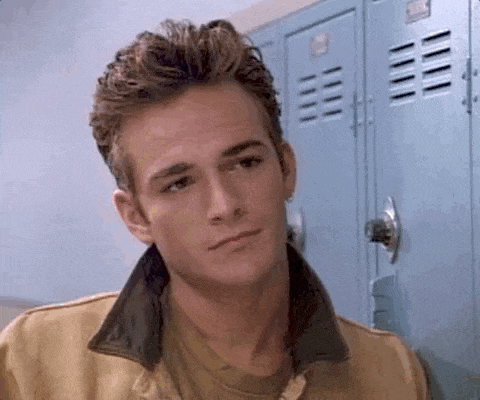
My hunch is that we each need to level up our game and comfort zone and think several steps beyond the current microcosm of the type of songs you’re making and the songs myself and my team are pitching.
Let me put it this way.
The professional songwriting community – just in Los Angeles, from Max Martin to the newest aspiring hitmaker who just got their first pub deal (that’s you, Bendik Moller) collectively create maybe 1,000 + songs … per day! Keep in mind these are PROFESSIONALS who have had previous hits, well known, and are “name” writers.
This microcosm of songs might look like the below diagram (same pictorial diagram as before but different words).
In other words – everyone’s “kinda” playing in the same sandbox (no not you, Brian Wilson).
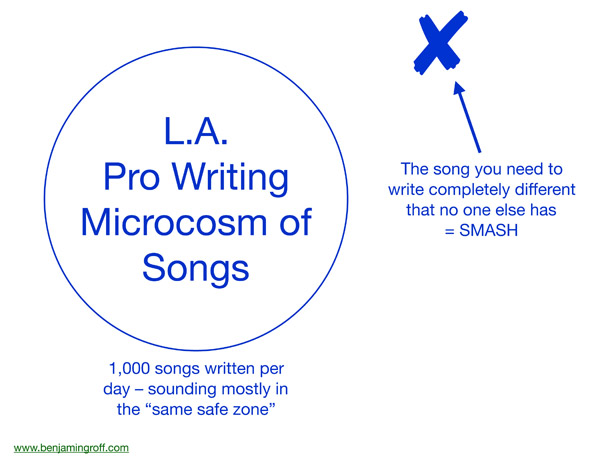
And you can bet that all these A&Rs (and consequently also consumers) are perpetually getting hit up with “sameness” and dying, begging, wishing, hoping and dreaming for something amazing and different.
Let me repeat that.
A&R people, managers, artists (and consumers) are getting pitched VANILLA 24/7, every single day of the week (except for the hour that they meet with you and you deliver them a “Holy Shitballs” you just re-defined the DNA of our artist’s project).
What they’re looking for (and myself included) is the hit outside of this microcosm.
That’s where the juicy center is. Let me repeat that but in a different way:
The “juicy center” – IS. THE. FRINGE!
It’s not shooting at the same target everyone else is. The juicy target is somewhere over to the left or right.
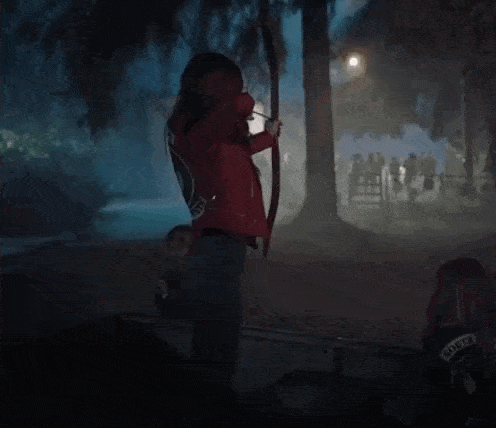
That’s right, Buffy. And I’ll be honest. Getting back to those 2 meetings with the Presidents … I was a little bummed.
Why?
Let me tell you the results.
Those 5 songs? Those 5 songs I thought were all hits? Unfortunately, only one song actually got listened through – to the very end. On top of that, all of them (except that one track) received, at best, a shoulder shrug with: “Yeah it’s really good but just not really “it.”
So, my 5 best hits from my best writers turned out to be really just non events.
Now, the good news is one of those songs did get forwarded on to a major artist – and guess what … it was a ballad.
Meaning it’s a non production oriented event. A ballad doesn’t really need to jump off the page with a production.
All the other songs that were tempo driven were — goose eggs. Not special or different (or even uptempo) enough.
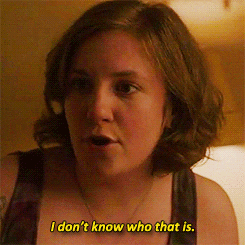
In other words, the uptempo songs I had, were just not cutting it as far as being 2020 and 2021 records.
Stay up to date on must read, new articles, courses and special offers.
So, having these 2 back to back meetings – with similar results and hearing what they were all saying – really got me thinking.
Now, don’t get me wrong. In the context of getting cuts and releases – we’re all doing pretty good. However, in the context of achieving your first Billion + streaming song – there’s necessary room for growth in our process, approach and most importantly, our mindset and comfort zone.
And yes, I have some songwriting tips here in the next post to attack and get our 1st Billion + streaming song (which I’m assuming you want).
#3) Authenticity and Changing the Narrative
Another epiphany from the meeting.
Someone like Taylor Swift – already hit a home run with her “1989” album.
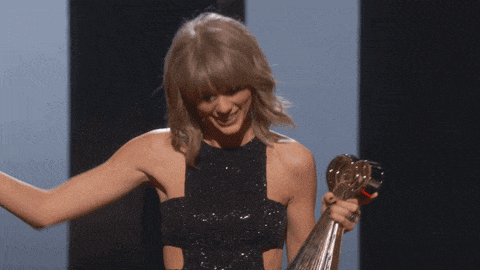
She already won that race! She hit it out of the ballpark. So it probably (?) wasn’t “the best” idea to come back to that same (sonic) ballpark again and just hit at best, a double?
In other words – why do the same thing over again and play in the same sandbox.
Like how do you beat “Shake It Off?”
The answer is – you don’t.
You go and play in a different playing field.
Change the narrative. Change the direction and change the story. Maybe Taylor should have instead made a traditional country record? Or who knows, collaborate with Trent Reznor (good luck with that). But you know what I mean.
Something unexpected.
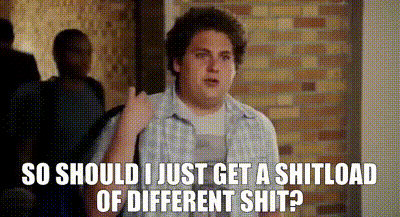
Yes, this is what we all have to do more of in my opinion.
It’s important to identify what would be the completely opposite or in the unexpected lane for that key artist you’re shooting for. And absolutely, to play in the “not safe zone” as much as you can.
And now, keep in mind, we’re also not not talking about reinventing the wheel here. No one needs atonal microtonal records in 3/7 time signature.
But can you be writing / producing / creating in a mindset that is 2 years in the future and increasing what you’re doing now – by 15-20%?
Also, referencing that previous diagram – to be setting a specific intention in your writing sessions and to be writing in a place “X” marks the spot? In other words, to step outside of your comfort zone in your next session?
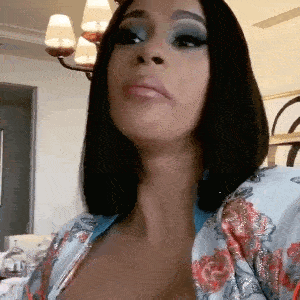
(I actually have a time travel, hit making exercise you can check out here, which may be amazing to try. Yes, why not time travel to the future – imagine what that hit will sound like, come back to the present time – and write that song.)
And here’s another idea and mindset for how to write a hit song.
15-20% Better = 100X Growth
Here’s a mind blower for you. As mentioned, we don’t have to reinvent the wheel to take a solid 10 MM streaming type song to make it a 1 Billion + streaming song.
In other words, a song that streams 10 Million streams, and a song that streams a Billion streams – it doesn’t mean that that Billion streaming song is 1000% better than the other. That would be impossible. However, it’s no doubt that the 1 BB streaming song is likely 20-30% better than the other – and also very likely, 1-2 years ahead in the future, more unique and more authentic.
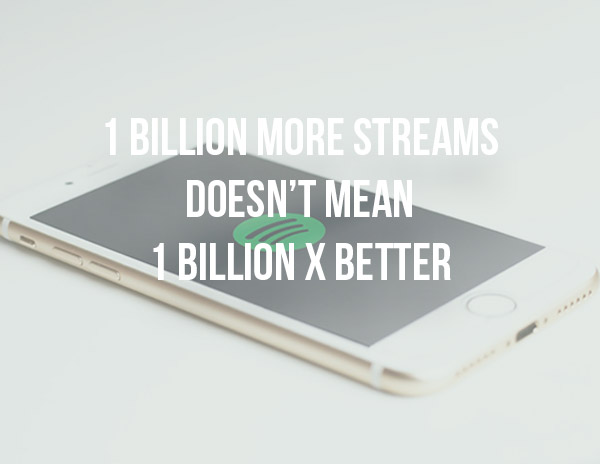
So, as a summary – on top of just having a hit – artists and A&Rs are looking for authenticity more than ever. Something DIFFERENT! Something real! Something cultural! Something exciting! Something dangerous! Something even vulnerable.
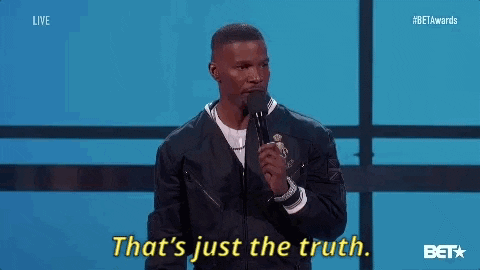
Authenticity also can also mean setting the uptempo production pace and sound for the next year (or decade) with something C R A Z Y that no one is doing.
And for sure, the steadfast historical record making equation of: 1) an ARTIST + 2) a HIT … this will no doubt continue to work.
But an ARTIST + a HIT + something that’s meaningful and authentic and/or original to them (and consequently, probably also yourself), or culturally important or that has that “head tilting” “what did I just hear” type of production and song = Your Potential 1BB + streaming song, THAT is going to be “next level.” (See Billie Eilish).
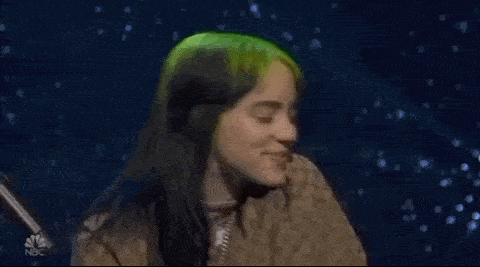
Thanks, Billie (I mean, Finneas).
Here’s another excellent framework to think about HITS that one of these Presidents noted. And this is extremely important. In your next session – think of it from this perspective.
#4) Said by A&R Label President: “We are creating albums, EPs and singles that are “SOUNDTRACKS TO THE ARTIST’S LIVE SHOW!”
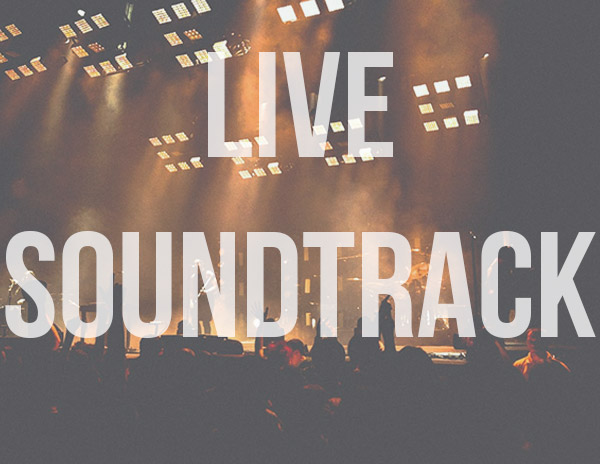
Whoa – think about that!
The artist you’re writing for – imagine you’re at their live show. They’re about to hit the stage, 20,000 rabid fans have been waiting – the anticipation in the air is so think you can cut with a knife.
Then – the “overhead” music stops, the lights go down – that artist hits the stage. People are going crazy and the cacophony of the audiences excitement is ear splitting.
The artist emerges explodes on stage. Ka POW!!
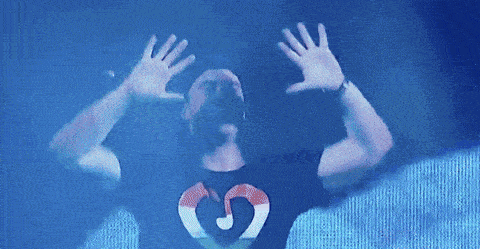
What kind of song are they performing?
I assure you – it’s not a snooze-bomb, mid tempo with an anti chorus from your last session that sounds like everything else and in the “safe” zone.
Make sense?
The A&R people need those high energy songs which will be the soundtrack to their artists live concert, especially that opening song.
On that note.
Enter: The 20,000 Raving Fans Test.
I’m introducing a new “hit indicator” for your latest song. It’s called the 20,000 raving fans test. Stick with me here. By the end of this exercise – you’ll know if you have a possible “fire song” or not.
First, get the you just wrote and cue it up. Great. Now in another window or another player or music service, cue up this song: The Scorpions’ “Countdown – Live.” This is one of my favorite live albums of all time. from The Scorpions’ incredible Live album World Wide Live circa 1985.
Here it is for quick reference. Turn it up!
Can you sense the energy in the air? The anticipation. The amazing energy of the crowd?!
Now, right at the end of “Countdown – Live” track … when it stops playing at .43 seconds … in your other player – start and play YOUR song.
Boom!
Is your song an event?! Does your song jump off the page and equal or surpass those 20,000 raving fans’ energy? Or is it a let down and another chapter in the “mild” zone aka the “w” genre, whereby “w” = “whatever.”
The Small Stage.
There’s a flip side to that too – using that same “live stage” example – artists also need those beautiful ballads.
It’s here also in this live environment, where artists will come down to the “small stage,” and perform those killer ballads, which can emotionally captivate everyone in the stadium.
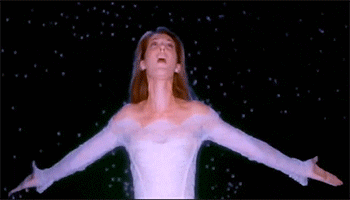
If you write a ballad. It needs to be that type of song, holding the attention and hearts of 20,000 live fans.
Release. Streaming Success. 5-4-3-2-1 Liftoff!
OK so great news, let’s say you’ve done it! You have the song. It gets released, takes off on all the streaming services. It gets added to radio – it’s happening! The metrics are there!

Well, now, the label is going to make a $500,000 video on top of that, along with merch creation, brand narratives, maybe naming the tour after your single, etc.
Can your song do that?
These are legitimate questions. Consequently, it’s my new goal for the writers and artists I work with – to have songs that are potential 1 Billion + streamers.
And on that note. Tah dah! Congrats & Holy Crap! We’re done with the 1st half of the post. Only halfway there?! You betcha. This is just Pt 1.
Pt 2 is the “Billion Streaming Song Tool Kit” and a mindset you can implement right now to get all those zeros, commas and digits going for your 1,000,000,000 streams.
But for now, in summary, these are my 4 key takeaway observations in creating Billion + level streaming songs. And thank you and gratitude to those 2 key executives that helped illuminate this (sometimes there are silver linings to disappointments).
- Streaming First – Radio Second. Does your song explode off the speakers in the 1st 5 seconds?
- Take Your Sonic “Bar” (aka your level of production and comfort zone) and Sandbox You’re Playing In and Move to Another Neighborhood.
- Nurture Authenticity (note: this can be an authentic uptempo production sound, from inventive next level beats & sounds to heartbreaking ballads) and Changing the Narrative
- Can Your Song be the Soundtrack to the Artist’s Live Show? Is your song the opening stadium number the artist will put put at the top of their set? Does it pass the 20,000 Raving Fans Test?
Easy enough, right?
Actually, it’s probably easier than we think. But we also need the right tools to build our house and subsequently, our mansion.
In other words … it really sucks if you’re a carpenter without a hammer.
Until somebody gives you a hammer.
Enough said.
As Nick Cage once said in ‘Gone in 60 Seconds’ – “OK, let’s ride.”
